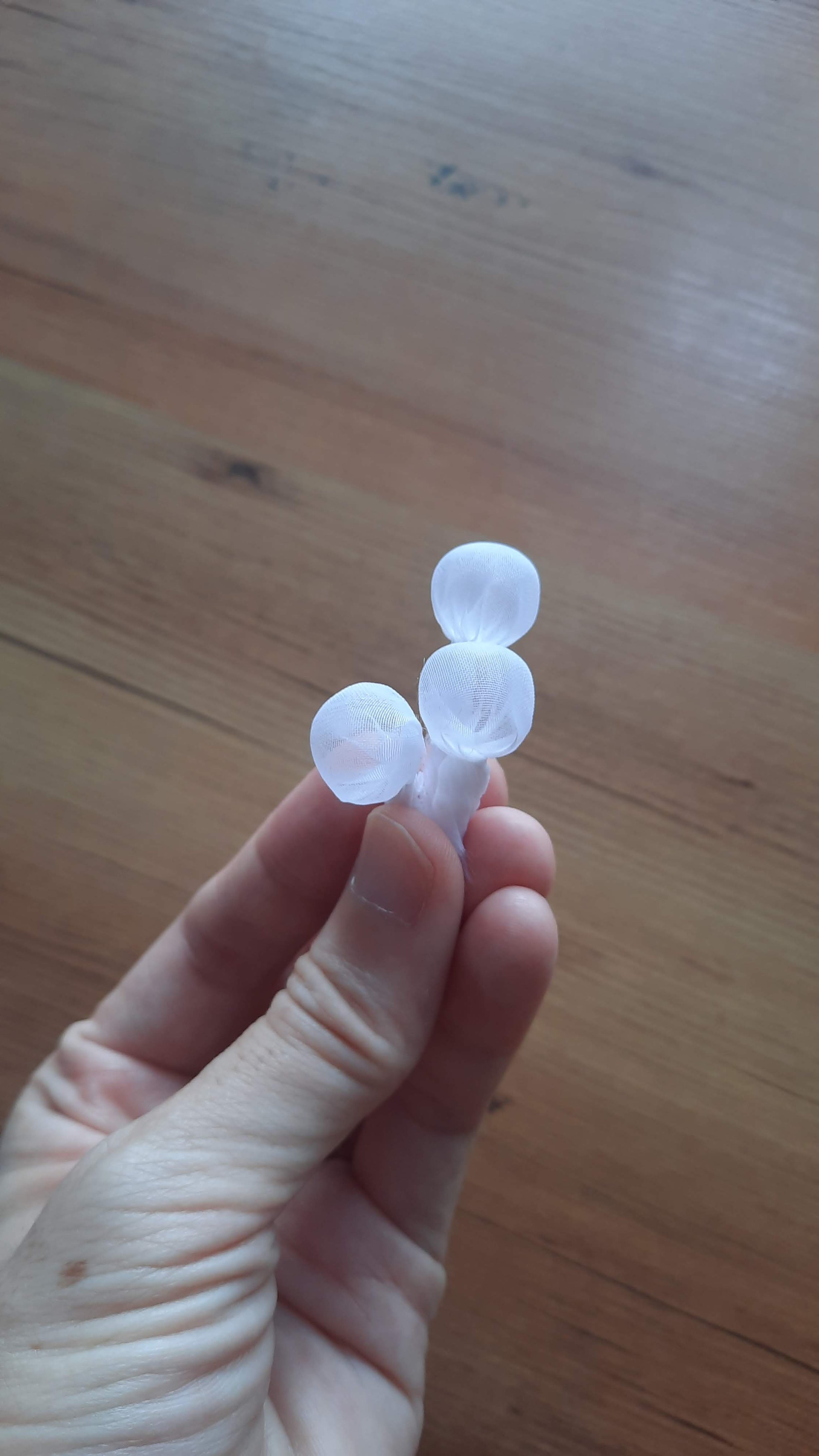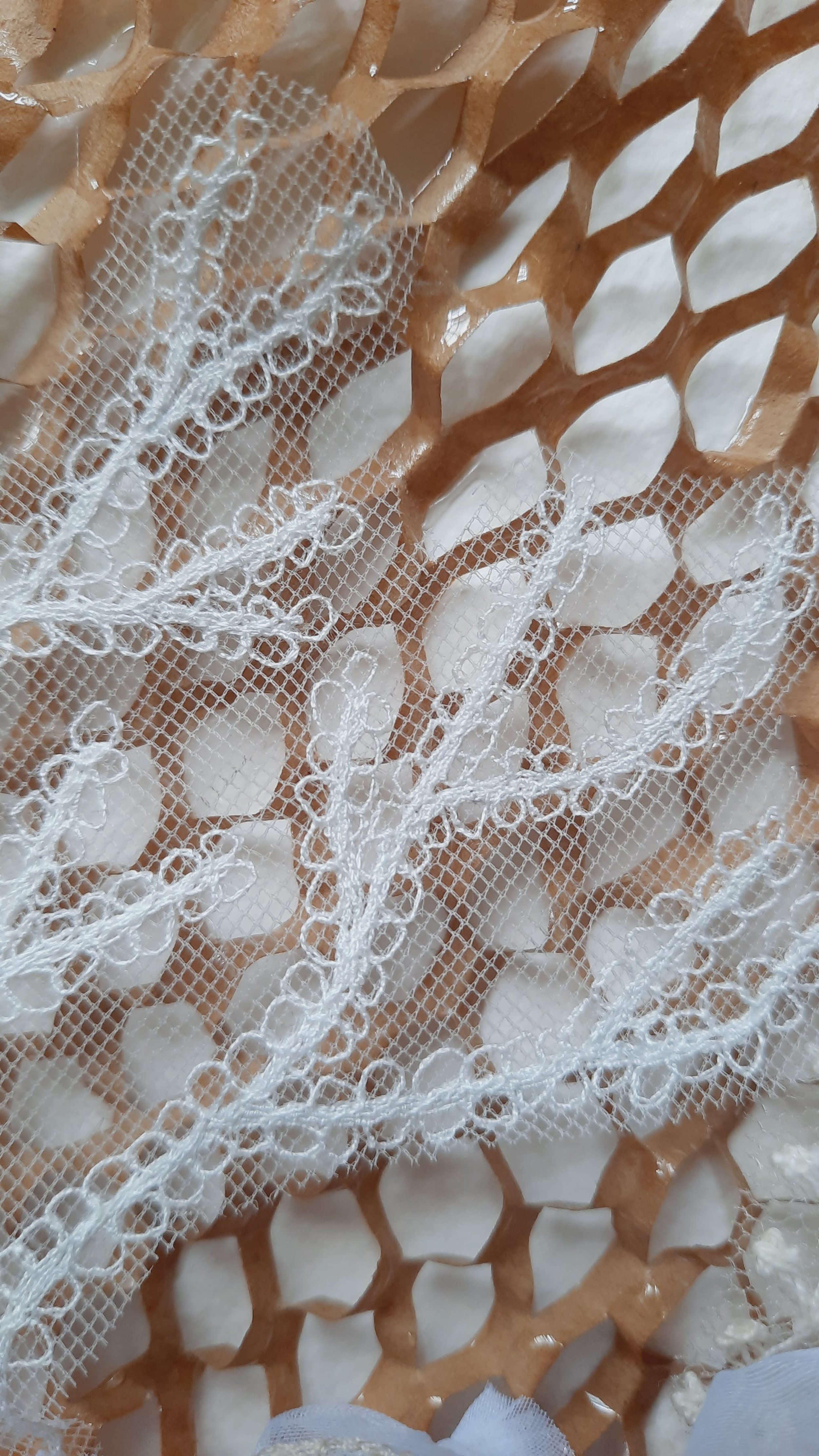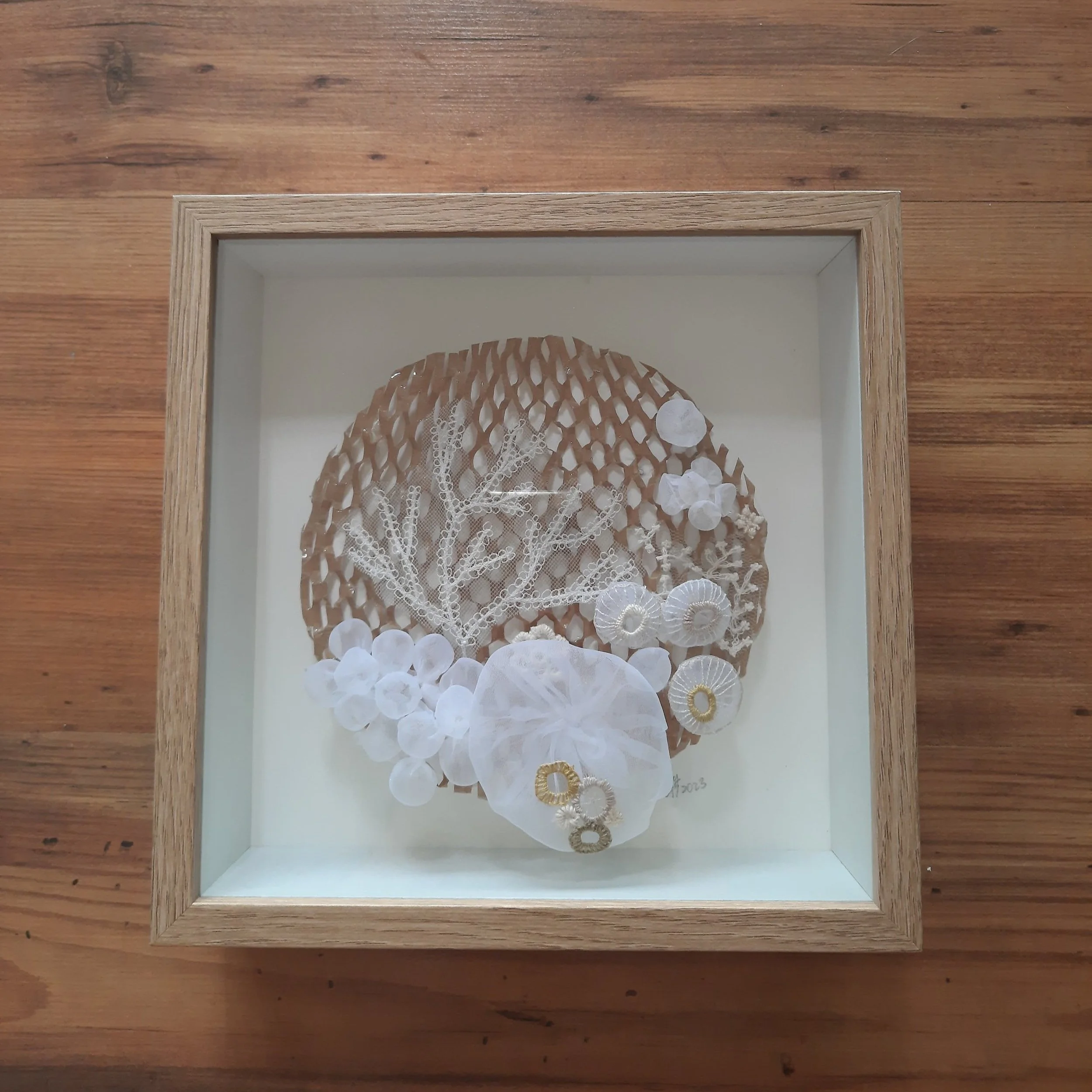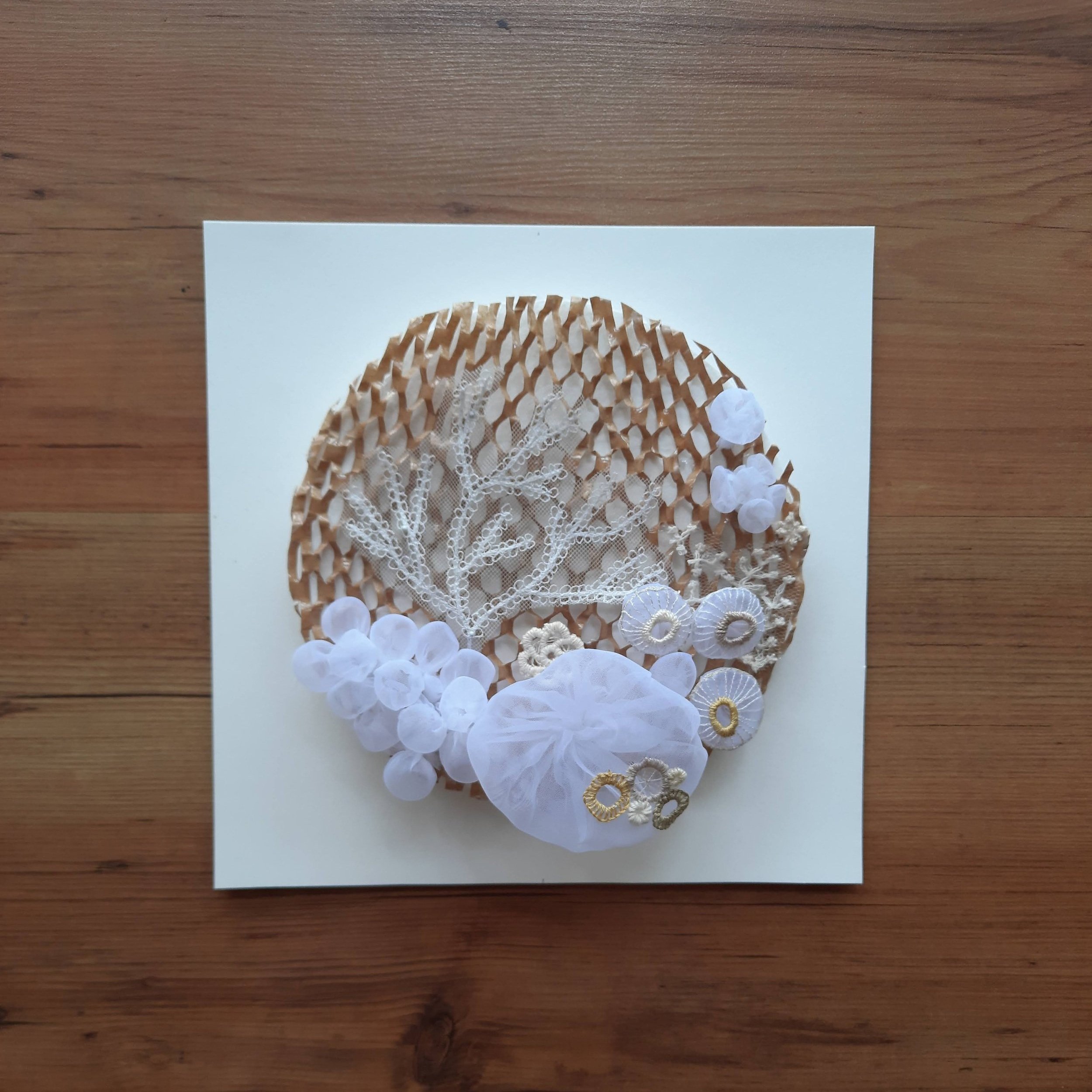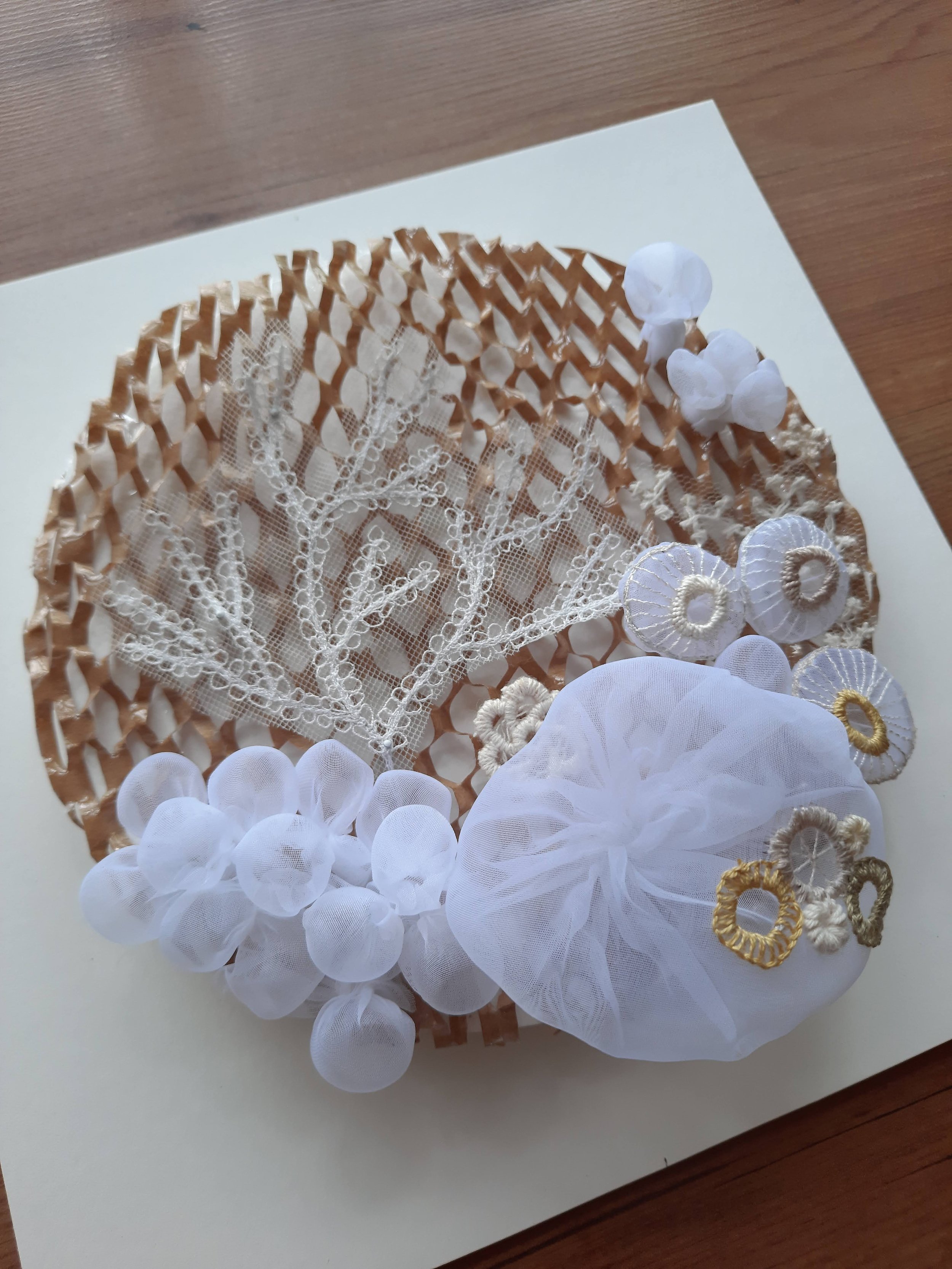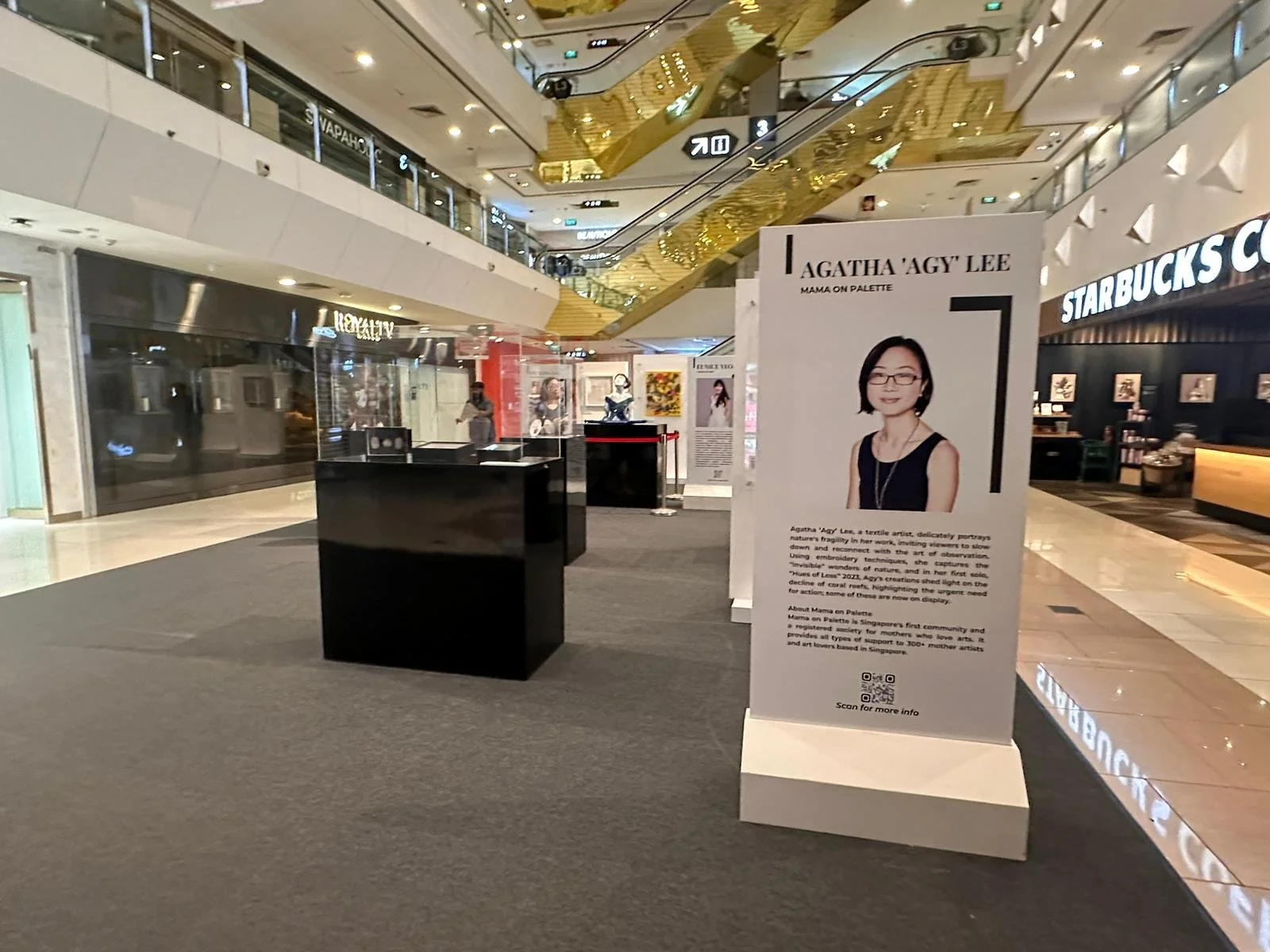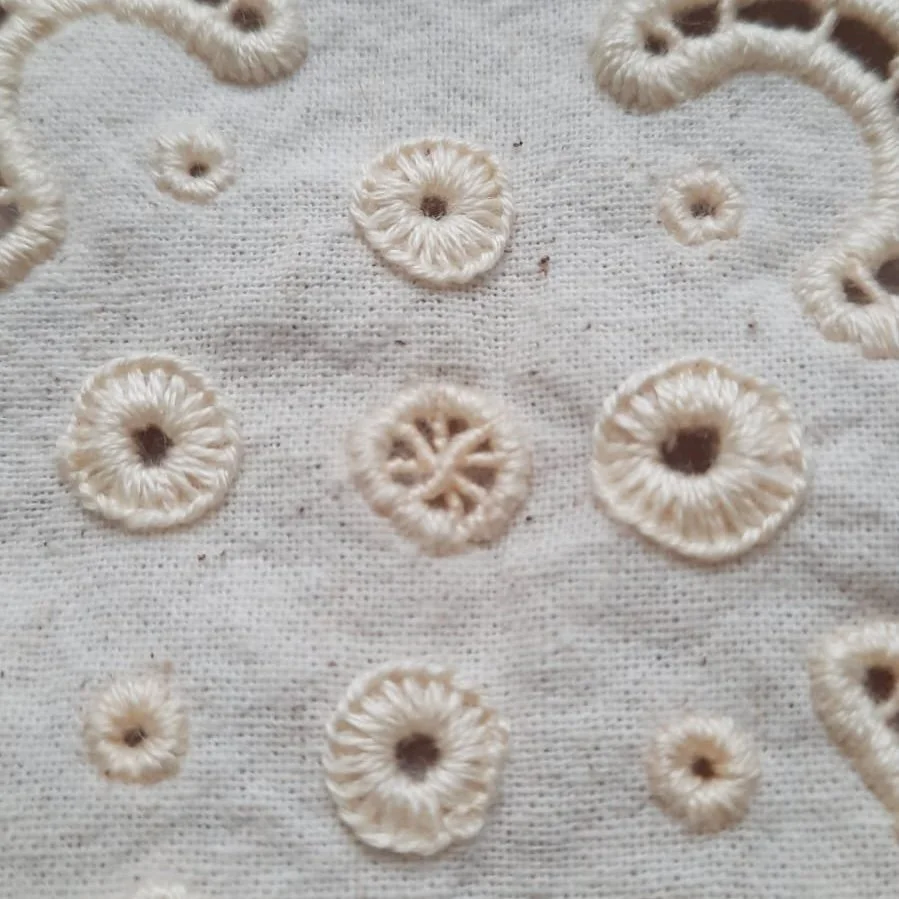Coral Seascape Textile Art
Struggles with Feedback
"The key to learning is feedback"
I’ve been constantly told to listen to feedback, take the time to analyze it, and then work on the best possible solution to perform better. I remember the school teachers telling me, it's the best way to grow. And so, that’s how I have lived during my adulthood. I recently feel that perhaps constant feedback may not be the best for everyone. I have an amazing supportive group of friends who have given me feedback on a regular basis - how to improve the work, new techniques, the commercial side of things etc etc. Yet all of a sudden I'm feeling paralysed about what to do next. I feel like I am being tugged in different directions! What works me? What’s best for me? I’ve been wondering if I am getting feedback fatigue (or is it paralysis analysis?).
Having no feedback is no good at all, but I think having guidance and letting the receiver of the feedback work their way through it is good, a bit like having a mentor. It just so happened that I listened to artist, Louise Fletcher of Art Juice yesterday afternoon. and the latest episode on the podcast was about critiques and feedback. It has really helped me and I hope it will for you. I am reminded to:
prioritise the feedback while also staying true to myself and my artistic values; and more importantly,
ask why I am creating art in the first place.
Oh and I had a little chuckle when she spoke about the difference between Blowing in the Wind by Bob Dylan and SexyBack by Justin Timberlake! What's your take?
Do you know when to get feedback? How have you balanced this while staying true to yourself? I would love to know!
Creating Coral Seascapes
Anyway, I was going through one of those paralysis analysis moments with my coral textile art, and thinking about all this feedback I had. Fortunately, a commission put me in the right frame of mind to explore what else I could do. The client really liked Bleached, the vast wall mural of corals that I had made for my first solo, and wanted to have a piece of it in their home. I went back to sketchbook and remembered I had drawn a lot of coral seascapes, but they were something that I did not have a chance to make.
Making Newer and Better Coral Pieces
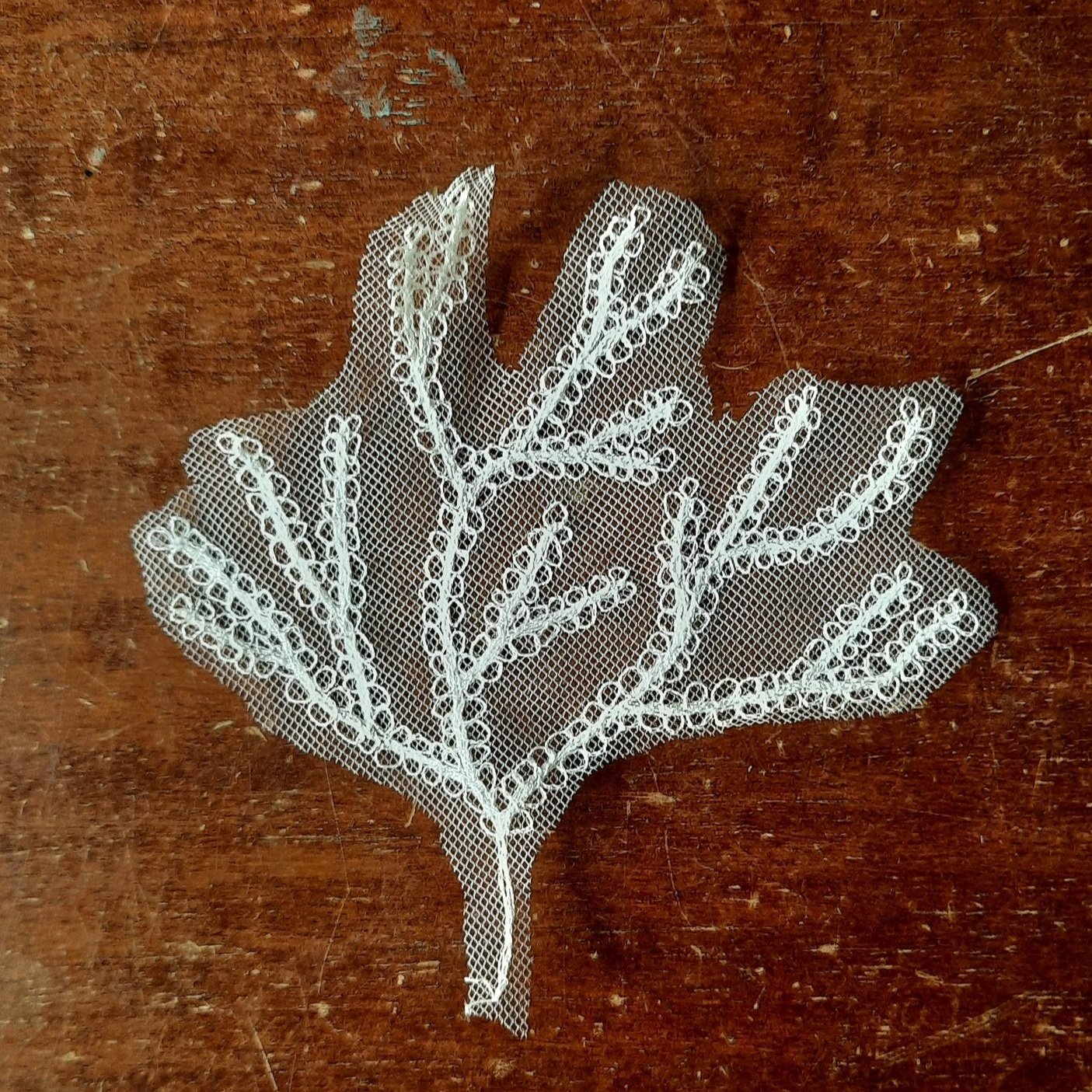

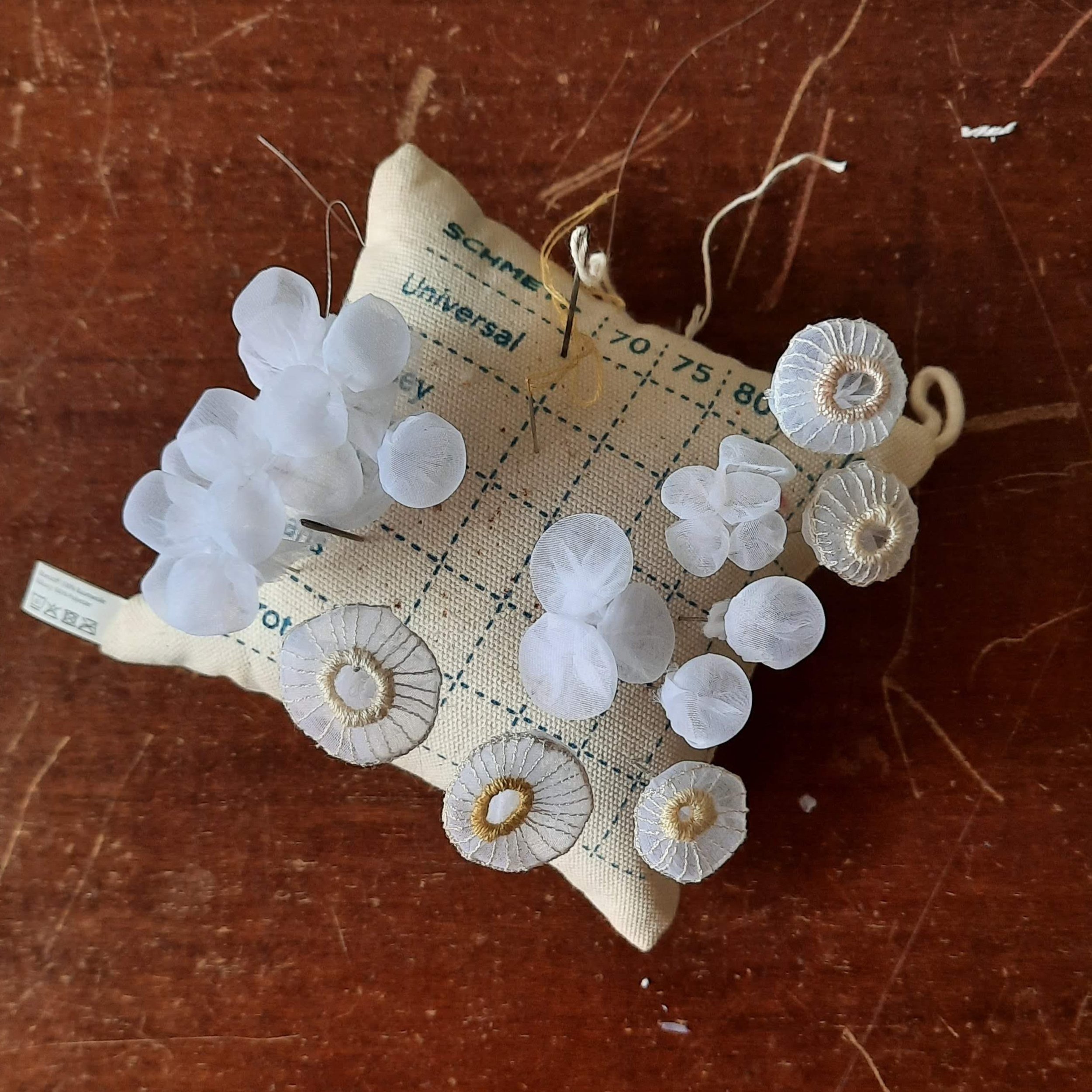
I made a few “discoveries” when I was working on the piece:
working on tulle gives a different dimension and depth to the coral pieces. I love how the fan coral looks on tulle!
working with different shaped molds for the bubble corals led me to a new shape too
applying resin to the base of the artwork gave the piece better archival properties, and also a better base upon which the coral pieces sat - this was one of the feedback that was raised!
Securing the pieces in a better way was also important. I have tried hot glue, textile glue, super glue other than sewing the corals onto the base. This time I have tried both resin glue and pins, and it seems that both are pretty good at holding them together.
Working More Efficiently
I thought about creating my coral soft sculptures in batches rather than one type at a time. So, I would spend one morning making lots of bubble corals, then the mushroom corals, tubular etc etc. It appears to be effective.... I tracked the time spent and realised that spending time on one type was more efficient than jumping from one to another.
It still takes hours to do, but it is definitely more productive in batches - does this make me a factory? I could have a library of corals!
Once I had all the parts made, it was a matter of assembling them together - this was the fun part!
I wanted to show the delicate beauty of the corals but still have them framed. The client opted on a shadow box. I'm also wondering if it would be better to display these in an acrylic box so that the corals don't look too "boxed" in. What do you think?
Did you like this post? Read more about my textile art journey below!

